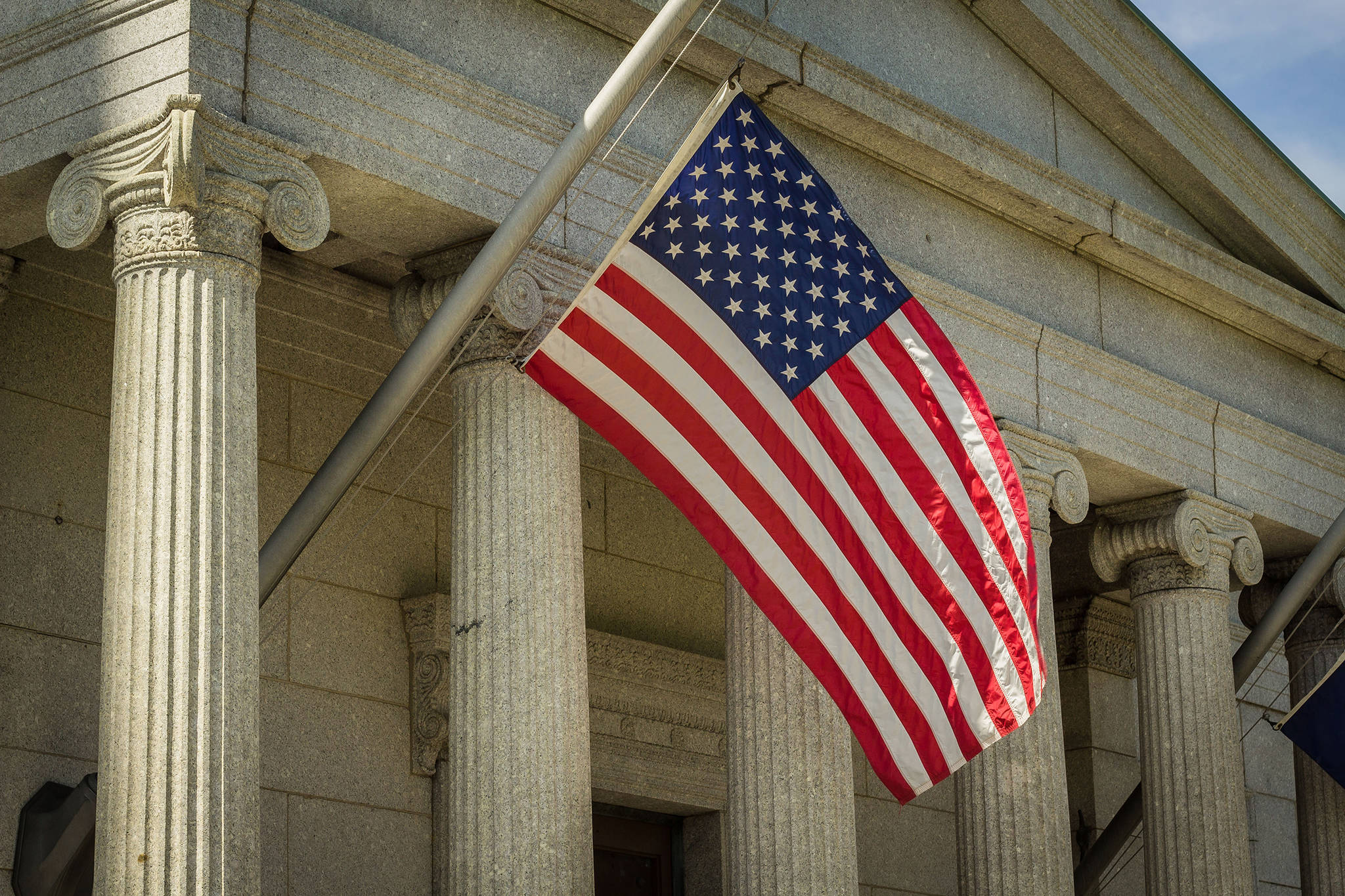One of the best-kept secrets of this — or any — Alaska election season is the incredible amount of information that Alaska voters have in making their decision as to whether to retain or remove judges in office. It is not an exaggeration to say that there is more, and better, information available to Alaska voters about judges standing for retention than is available to any voters, anywhere in the world. That’s a big claim. Let’s examine the evidence in support of it.
Alaska law requires the Alaska Judicial Council to evaluate judges who are up for a retention election — which is the election that every judge must face periodically so that the voters have the final say on who sits on the bench. A common reaction from citizens to this vote is, “How can I know if the judge is doing a good job? I can’t read every opinion or learn about every case!”
That’s where the council comes in. This group of volunteer citizens — three non-lawyers appointed by the governor and confirmed by the Legislature, and three lawyers appointed by the bar association — along with the chief justice, who serves as chair — takes very seriously its duty to evaluate every judge up for retention.
[Meet the judges on the ballot in Southeast Alaska]
The council surveys literally thousands of Alaskans in reviewing every judge’s performance — it surveys every lawyer in the state, peace officers who have appeared in the judge’s courtroom, probation officers, social workers, jurors, court employees, children’s guardians, and others. It reviews how often a judge was disqualified from presiding over a case, how often the judge’s decision was affirmed or reversed on appeal, whether the judge has been disciplined for any reason, and whether the judge’s pay was withheld for an untimely decision.
Then the council does more. It holds public hearings to take comments on the performance of judges. It performs detailed follow-up investigations of any problem areas uncovered and may conduct personal interviews with presiding judges, attorneys who appeared before the judge, court staff, and others. The council members meet before the retention election to discuss all of the evidence gathered, and then it holds a public vote on whether to recommend retention to the voters.
Last, the council takes all of the information it has gathered, along with its recommendation to retain or not, and makes it available to all Alaska voters online. A visit to knowyouralaskajudges.org will make all of it available to you with a single click. And the council puts a summary of all this information in the Official Election Pamphlet sent to every voter.
Want to know what lawyers who have been in that judge’s court think about the job he or she is doing? It’s there online. Or how peace officers rate the judge? Ditto. Or social workers, court employees, or jurors? Ditto. Or how the judge is doing on various performance metrics? It’s all there.
No other state with judicial retention elections comes near this amount of information made available to voters. Alaska was the first state to evaluate judges standing for retention elections, and it remains the leader in providing information to its voters. And only two other countries — Japan and Switzerland — hold judicial retention elections; and neither provides the amount of information provided in Alaska.
The simple fact is that there is no excuse for an Alaska voter not to finish the ballot and vote on the retention of judges. The framers of our Constitution gave us this power, the Legislature gave the Council the job of evaluating judges, and the Council itself has done its job. Now it is up to us as citizens to finish the ballot.
Sure, it can take some time — well, really, as much or as little as you want to spend. But that is a small price to pay as a citizen in a democracy. You can do it. Go to knowyouralaskajudges.org, get the facts, make your decision, and then vote.
• Bud Carpeneti retired in 2013 from the Alaska Supreme Court, where he had served since 1998. He was chief justice from 2009 to 2012. He also served on the Juneau Superior Court from 1981 to 1998. My Turns and Letters to the Editor represent the view of the author, not the view of the Juneau Empire.

